Order Artiodactyla Subfamily Cervinae Scientific name Hyelaphus kuhlii Rank Species | Phylum Chordata Family Cervidae Genus Hyelaphus Higher classification Axis | |
 | ||
Similar Deer, Calamian deer, Mammal, Greater mouse‑deer, Javan rusa | ||
The Bawean deer (Hyelaphus kuhlii), also known as Kuhl's hog deer or Bawean hog deer, is a highly threatened species of deer found only in the island of Bawean (Gresik Regency) in Indonesia.
Contents
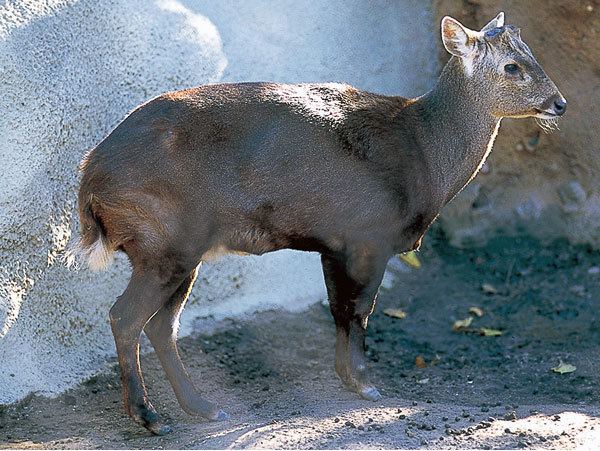
A typical height for males of 60–70 cm has been reported. Males have three-tined antlers.
Their fawns are spotted at birth, which separates them from the best known western population of the hog deer (H. porcinus).
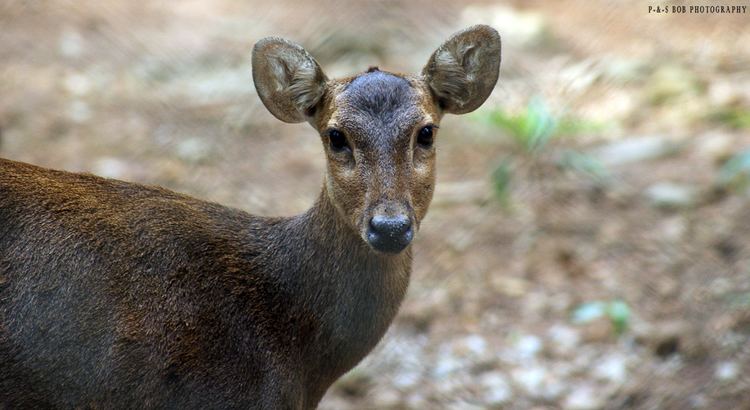
Due to ongoing habitat loss, small population size and limited range, the Bawean deer is evaluated as critically endangered on the IUCN Red List of Threatened Species. It is listed on Appendix I of CITES. It has few natural enemies except for birds of prey and large snakes such as pythons.
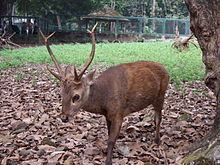
Life history
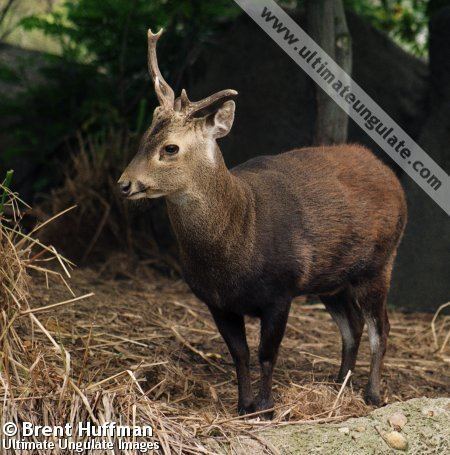
Bawean deer reside on the Bawean island in Indonesia, close to the Java Sea. The Bawean deer is sometimes included with the Indian hog deer Hyelaphus porcinus (Haltenorth 1963), but it is a total different species (Groves and Grubb 1987; Grubb 2005). The most recent analyses indicate that these two species, together with calamianensis, constitute a different genus distinct from Axis, and Hyelaphus (Meijaard and Groves 2004, Pitra et al. 2004).
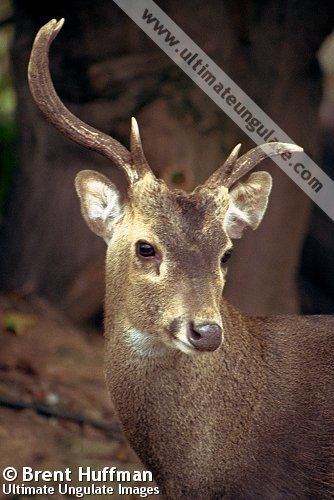
They live in woodlands and upland forests with dense undergrowth which is used for shelter, providing a refuge in which the deer sleep and rest during the day. They live in small groups of four or five deer mostly one female, the infant, and two males. They are herbivores and consume grasses, herbs, leaves, twigs, corn crops, and leaves of the cassave plants. Their pelage is short, smooth, and soft, and generally a light brown in color. There are few distinctive yellow markings which are limited to the head and neck, there is also a light throat patch or 'bib' and a whitish eye-ring, infants have white spots on their backs when younger. Females will have one offspring at a time per year. The gestation period is 225–230 days, and the majority of births occur in February to June.
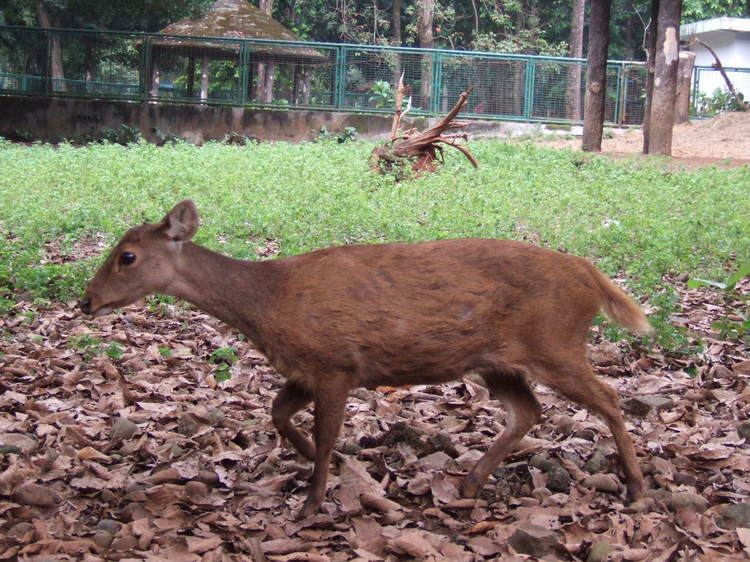
Males can be very aggressive towards other males that approach their small families, and will spray other males, and predators in the face with their glandular secretions, but also mark their territories with this as well. When fleeing the Bawean deer carries its head low and runs with a trotting gait. Their spine also curves high towards the rear when fleeing from predators. When fleeing from predators the males will run in front and infant if there is one will be behind the males, and the female will run in the back. This is effective in order to protect the infant from predators.
Conservation threats
Their past extinction was due to tigers—precisely, the Balinese tiger—and humans hunting them for their antlers and pelts. Their main predators now are humans, leopards, the golden jackal, dholes (the Asiatic wild dog), the Indian wolf, pythons, and crocodiles.
Another cause for population decline is human related habitat loss. The land on which the deer live is cleared for agriculture and buildings.
Conservation efforts
The World Wildlife Fund has noted that some of the factors for the decline of this species and others in Indonesia include climate changes: warming ocean temperatures, rising sea levels, prolonged droughts, and increased flooding. The Indonesian government passed a bill in 1977 protecting the endangered Bawean dear, and consequently their numbers have risen. With the help of this law that has been passed the reproductive success has gone up over the years. International Union for Conservation of Nature (IUCN) has listed the Kuhl's hog deer as being critically endangered, meaning that the species is facing an extremely high risk of extinction in the wild.
